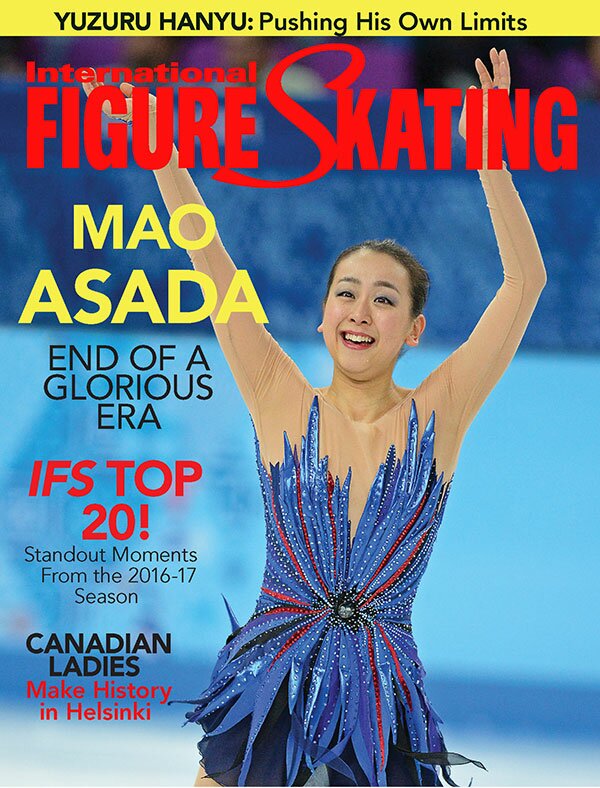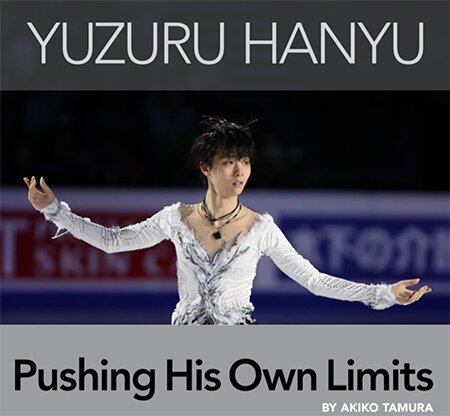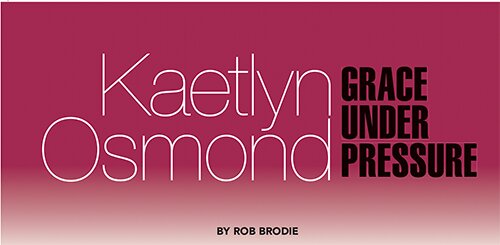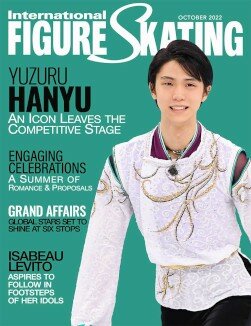
The IFS August 2017 issue celebrates and recaps the long and successful career of Japanese icon Mao Asada — from her first international through to her final competition.
Mao Asada had the good fortune of arriving on the skating scene on the heels of Shizuka Arakawa’s historic 2006 Olympic victory in Torino, Italy. Japanese fans rode the wave, embracing not only their national hero, but also the sport. Though her artistic endeavours began in a tutu in ballet class that was not stage Mao Asada was destined to shine on. In 1995 at age 5, she began taking skating lessons. It did not take long for her to be identified as a talent and Asada began working with Machiko Yamada, the former coach of Midori Ito.
She burst onto the international skating scene as a precocious 13-year-old. A last minute replacement at a 2004 Junior Grand Prix event in Long Beach, California, Asada surprised everyone by capturing the title. She followed that up with a victory in Kiev, Ukraine, and headed to the Junior Grand Prix Final ranked first.
Though Asada, a three-time World champion, never claimed an Olympic title, she became an icon in her homeland, and around the world. She not only elevated ladies figure skating artistically and technically, Asada was one of the driving forces behind the popularity of the sport that Japan enjoys today.

Though Yuzuru Hanyu closed out the 2016-2017 competitive season on a high note, the path to his second World title was not an easy one for the Japanese superstar.

As Kaetlyn Osmond closed out her long program at the 2017 World Championships, she knelt on the ice, feeling a sense of excitement and joy she had not experienced for a long time. Osmond produced the free skate in Helsinki, Finland, that she had been searching for all season, and one good enough to propel her to a silver-medal finish the first Canadian lady to do so since Joannie Rochette in 2009.






